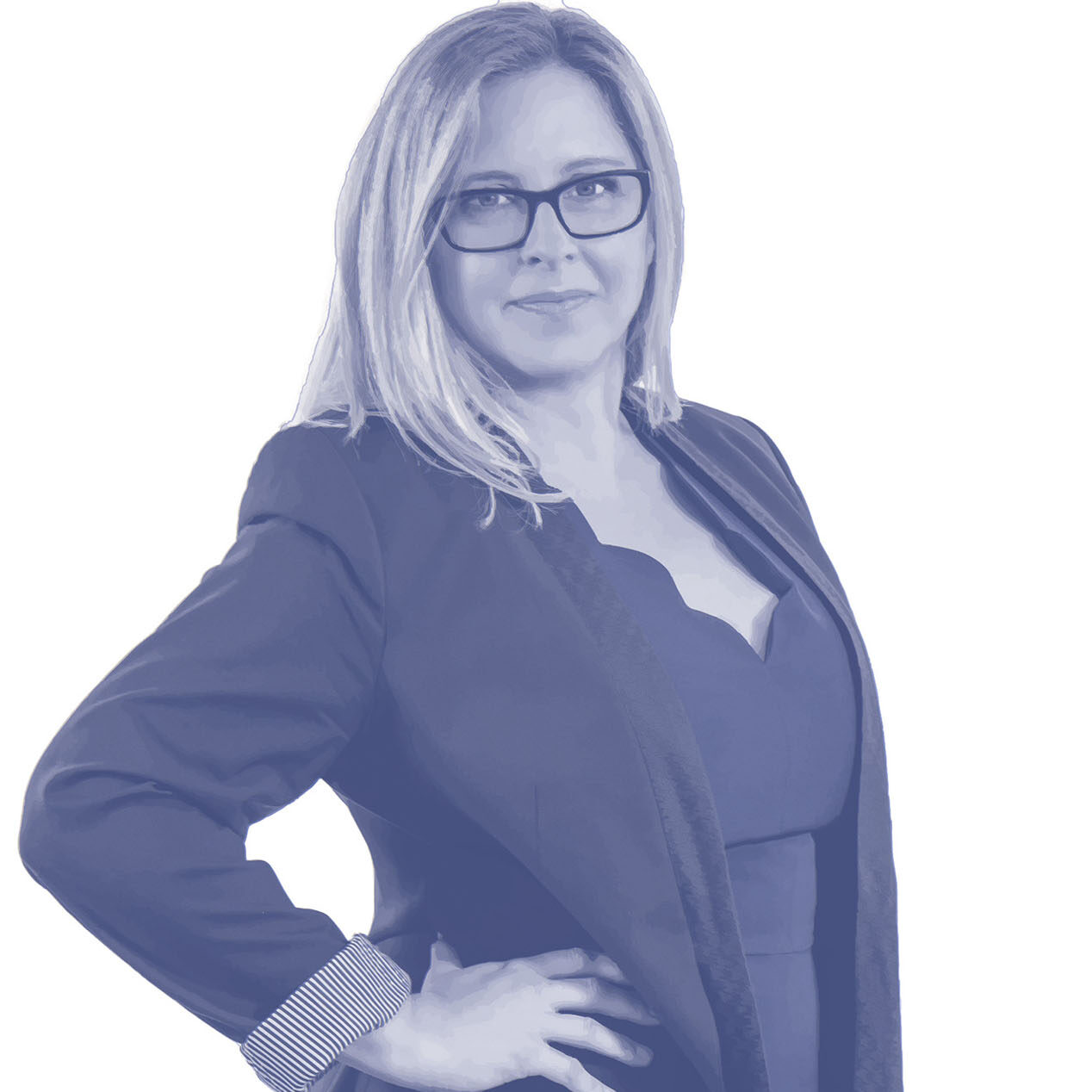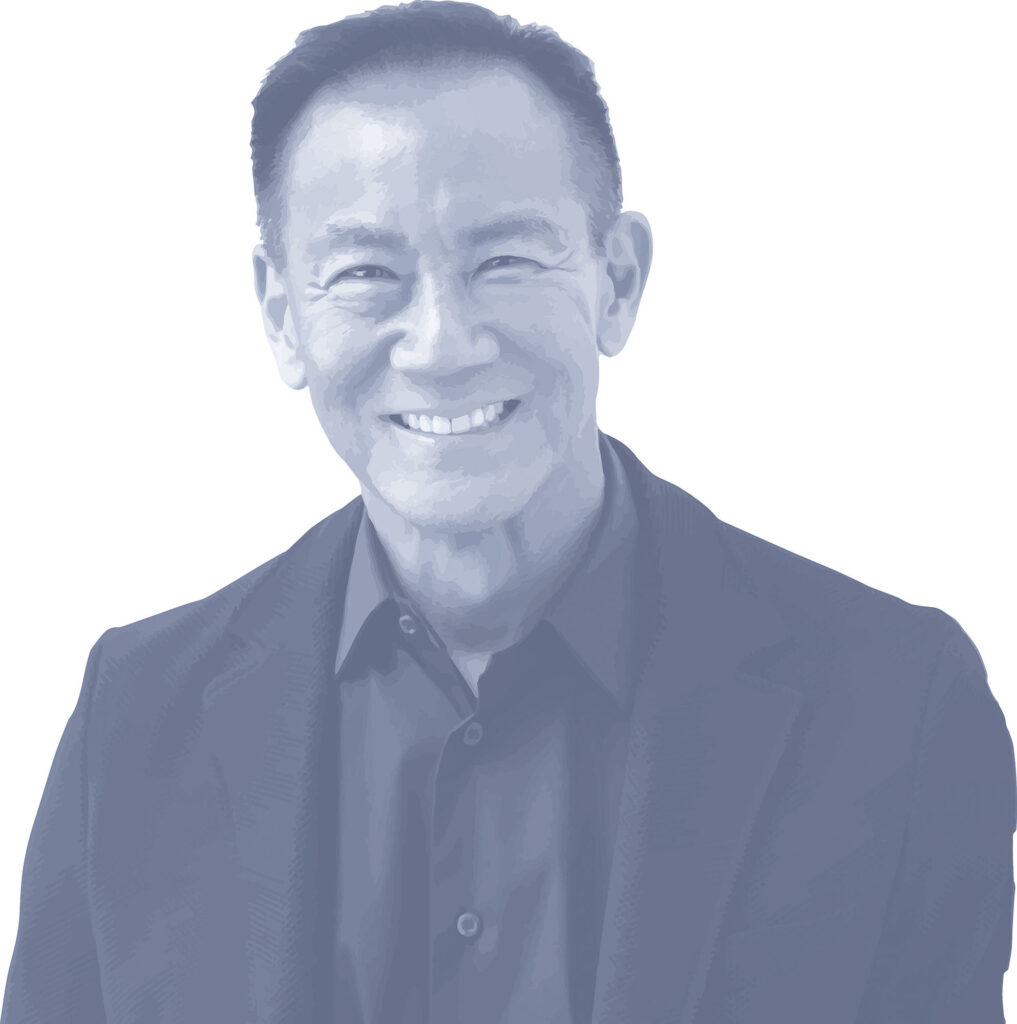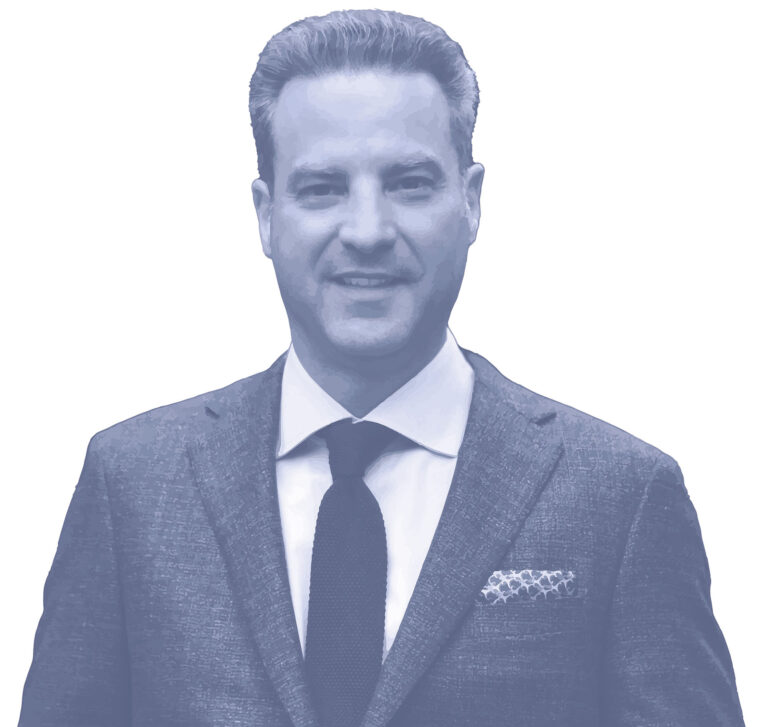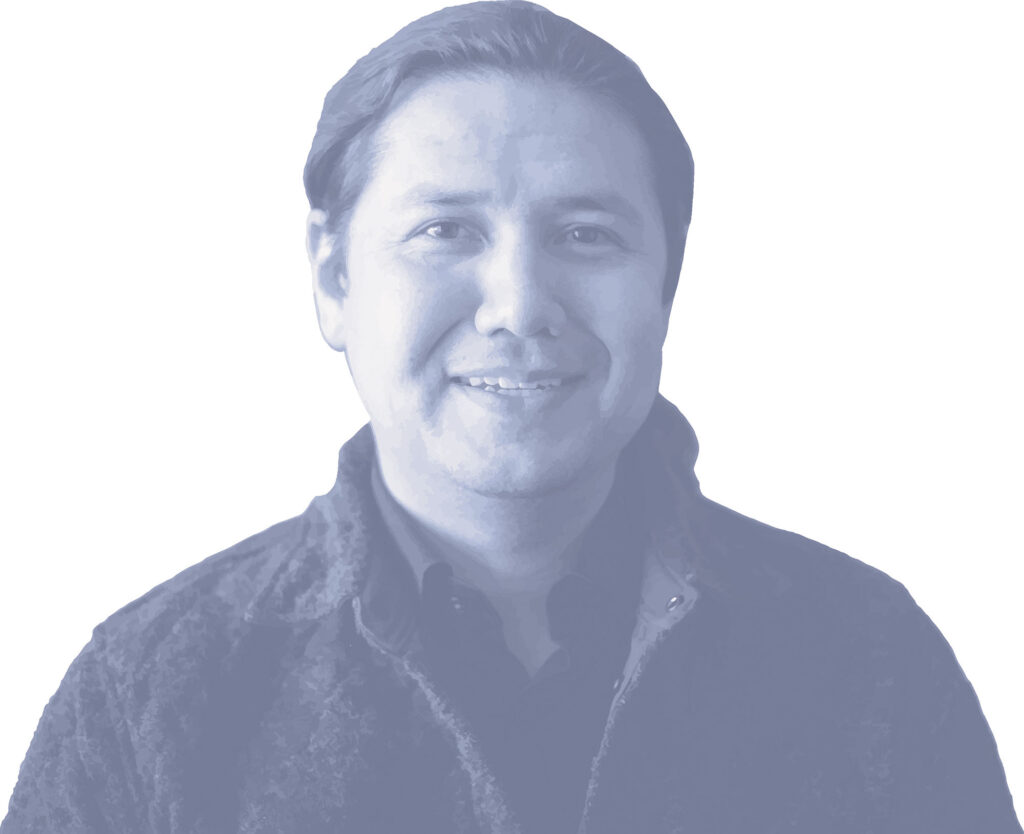Principals at Six Top Firms Predict Where American Design Is Headed
The future, they say, depends on how the A&D industry responds to a rapidly shifting cultural landscape.
KIMBERLY DOWDELL
Marketing Principal, HOK Chicago; 2024 President-Elect, American Institute of Architect

“This is a fragile time: We’re trying to come out of COVID-19 [restrictions], there’s all this gun violence, along with political polarization, and we’re still dealing with a racial awakening. There is a strong desire for the work that we’re doing as architects and designers to help create a greater sense of peace and harmony. Anything that helps us to feel, in some sense, grounded and stable, I think, is appreciated.
People still want to see beauty because it helps in the healing process. I believe in the healing power of design. I believe that incorporating the arts and being mindful of how our building and landscape interventions affect communities, particularly those where there has been historical underinvestment, should be top of mind these days.
Recently, as a past president of the National Organization of Minority Architects, I noticed that many majority-owned firms want to engage minority talent, to hire them or partner with them on projects. To do more of this at our firm, we established HOK Tapestry, a database that facilitates our collaboration with emerging minority- and women-owned firms. Large firms that empower people of color and women in the design process will contribute to greater equity.
With diverse voices and minds at the table, and with a special focus on equity and incorporating the arts, I believe U.S. designers will practice differently, compared with what we’ve seen. I can’t say exactly how that will manifest, but it will be exciting!” —Kimberly Dowdell
JULIE HIROMOTO
Principal and Director of Integration, HKS

“America’s built environment can help alleviate social division and stem the damaging effects of climate change. As designers and architects, we must address the existential social and environmental concerns of our time with intention, evidence, and wonder. Through a commitment to regenerative design, authentic engagement, and equitable climate action, we can enhance people’s health, well-being, and happiness.
Our vision of great architecture cannot simply be about aesthetics or function. If we pause and reflect on what we can relearn from Indigenous and nature-based ingenuity, as well as leverage the technology available to us for digital analysis, fabrication, and world building, the possibilities for experimentation, invention, and challenging the status quo abound.
Beyond what we envision and build, we also have a responsibility to advocate. Business leaders and policy makers are listening. International governments are negotiating equitable pathways to zero-carbon economies, and the built environment has a significant role to play. After attending the 2021 United Nations Climate Change Conference (COP26) in Glasgow, Scotland, with the American Institute of Architects’ (AIA) first delegation of official observers, it became clear that the only way forward is to bring together an even more diverse team of collaborators to leverage all the expertise, tools, and resources at our disposal to urgently and systemically address the climate crisis by building (and retrofitting) more resilient and just spaces. We have the knowledge and precedents to achieve these awesome goals; we just have to join hands and run together in the same direction.” —Julie Hiromoto
ABBIE CLARY
Codirector, Health Practice, CannonDesign

“We exist in a moment when design must transition. The challenges we face across society are too multidimensional, too intense. We have a responsibility to evolve for the better.
Rapid evolution is possible. As a result of the pandemic, we’ve seen it across health care, a sector often slow to adapt. Change that once would have taken years or decades happened in months [during the pandemic]. And breakthroughs in tech, research, and discovery further catapulted transformation in health care.
Even more exciting, health care seems to have no interest in slowing the pace or reverting to the previous status quo. Health institutions want to go new places. They want to break precedent. They have generally discarded their risk-averse culture and are marching toward better, different, forward-thinking, typology-breaking experiences, spaces, and places.
It all adds up to a wonderful moment for designers. We need to transform at the same time the sectors we serve are more open to transformation. Let’s design health destinations in cancer that plan for cure, ambulatory buildings where I control my own patient experience, and homes that let me age, heal, live, and die on my own terms. Let’s use design to make places that help us be every ounce of human, in sickness and health.
Beautiful solutions to wicked problems. That’s what I tell myself and our teams consistently. That’s what design can do. And once you recognize that, you realize designing beautiful solutions to wicked problems transcends form, geography, business sector, expertise, and beyond. You realize we can help seize opportunities everywhere.” —Abbie Clary
TOM ITO
Global Hospitality Leader, Gensler

“We are seeing a shift in lifestyle. Designers are responding to a new set of values for consumers that were brought on by the pandemic—including social, economic, and political values—as well as considerations from the impact of climate change. Consumers are focused on intangibles: prioritizing self-actualization, freedom, creativity, and being. At the root of this is getting back to what’s important— connecting with people and what’s most meaningful to us.
This is a great challenge for designers to make spaces for connection, and [for making] people feel better. It’s no wonder that we’ve seen the pillars of hospitality permeate across sectors, not just in hotels and food and beverage but also in sports, workplace, and health care. People want to feel good, healthy, and safe in the places they inhabit. What does that look like? Open spaces, access to the outdoors, healthy or green materials, places for gathering and community, using local context for inspiration, all to create an authentic connection and experience for guests. The key to this is creating a place where hospitality workers feel empowered to do their best work, making the back-of-house design and building performance as important as guest-facing spaces.
What’s distinct about American hospitality is that it doesn’t have to be elaborate or over-the-top. There’s been a desire to drive to destinations in our own backyard. Again, partly driven by economic factors, health, and safety concerns, but it has allowed a rediscovery of the great and diverse landscapes across the U.S. from coastal, mountain, or city destinations.” —Tom Ito
SASCHA WAGNER
President and CEO, Huntsman Architectural Group

“Workplace design has been undergoing massive, transformative change. We were already headed in the direction of hybrid work before COVID-19, but adoption was slow. With increased autonomy and reliance on technology, the built environment has pivoted to fulfilling more of a cultural function in organizations, one that goes beyond just facilitating occasional team meetings. Video calls cannot effectively replace in-person interaction, and prolonged isolation erodes our sense of belonging. While there is, now, an improved balance in where we spend our time, we still need physical spaces to connect around ideas and values, and to one another.
Designing workplaces intentionally around key issues of well-being, sustainability, and social responsibility shifts the focus from merely increasing productivity to increasing satisfaction. Meaningful employee experiences lead to better business outcomes, including retention. Designing for the human experience isn’t exactly new ground, but more clients now understand this is what their built space should have been doing for them all along.
As we guide our clients toward new paradigms, our own profession is undergoing similar challenges. The labor shortage in design is forcing firms to be more selective in assignments, and is pushing fees upward. Combined with the increased focus on workspace design as part of business strategy, this is increasing our profession’s value.” —Sascha Wagner
JOSEPH KUNKEL
MASS Design Group Principal and Director of Sustainable Native Communities Design Lab

“Currently Indian Country is a web of complexity: There are 574 federally recognized tribes, which account for just over one percent of the total population of what is now the United States of America. It is a profound achievement that these tribes and cultures have lived with minimal conformity to, and assimilation with, white America. It’s a testament to a culture of sovereignty and self-determination.
Architects, designers, and planners must remember those who have been forgotten and are unseen. Consider that most Native American projects operate on the principle that Native Americans need better housing. Housing also needs to be a catalyst for cultural/community pride and economic growth. The financing of projects and of homeownership is key, and innovative ‘design thinking’ about financing can reap dividends. If block grants can be used not just for building a home but for down-payment assistance, then it will give more families a chance to become financially stable and qualify for mortgages to build financial independence and create wealth for generations to come.
It’s not just that homes will be erected. If the right measures are adopted in projects, the result will be workforce development too. Skilled and unskilled Native artisans can be hired on construction teams. This can fuel both employment and business growth. That growing labor force will generate money and keep those dollars circulating within the community. MASS Design Group has experienced this in our work in Rwanda on community development projects ranging from universities to conservation and health-care campuses.
This is an argument for internally focused, regenerative capitalism. It’s a sustainable model, and sustainability is a foundational value for many Indigenous peoples.” —Joseph Kunkel
Source: metropolismag.com
